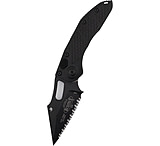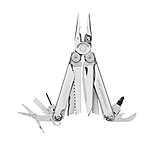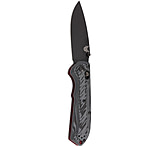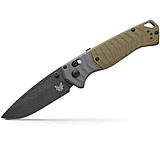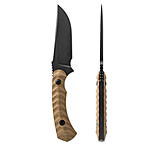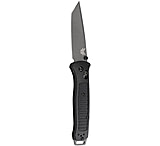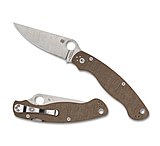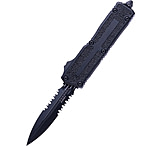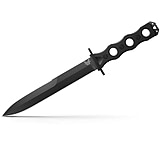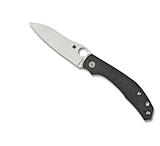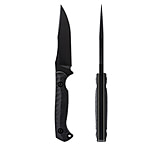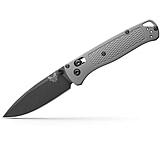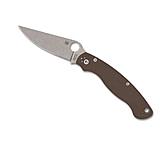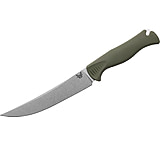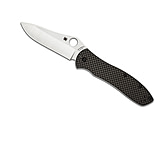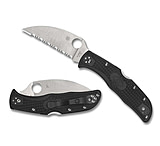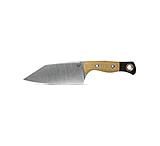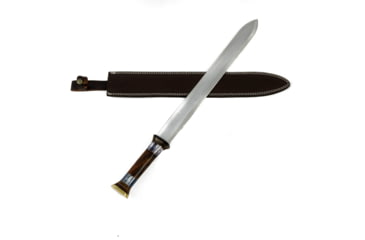



Tap Tap to Zoom
Product No Longer Available
Unfortunately Battling Blades Gladius High Carbon 1095 Steel Sword Gladiator Roman Sword is not listed by OpticsPlanet.You can also explore other items in the Knives, Swords yourself to try and find the perfect replacement for you!
Prices and availability subject to change.
Product Info for Battling Blades Gladius High Carbon 1095 Steel Sword Gladiator Roman Sword
Pompeii Gladius swords were used to describe the primary sword of Ancient Roman foot soldiers. Gladius is Latin for sword. Early ancient Roman swords were similar to those of the Greeks. From the 3rd century BC, the Romans adopted swords similar to those used by the Celtiberians. The also adopted various versions of the sword during their conquest of Hispania. These swords were known as the gladius hispaniensis, or Hispanic Sword. Conventionally, soldiers threw javelins to disable the enemy's shields and disrupt formations before engaging in close combat where the primary weapon was the gladius sword. A soldier generally led with the shield and thrust with the sword. As a result, the gladius is a single handed sword with a handle of 4in-8in in length. All gladius types appear to have been suitable for cutting and chopping as well as thrusting. Gladius swords are also known as Gladiator or Roman Swords. Gladius typically have a blade length between 18in-24in, with a total size between 24in-30in with the handle.![]()
This gladius sword is made from 1095 steel which accurately matches the very hard steel content of ancient gladius swords. Currently, 1095 steel is the highest carbon steel commonly used in swords. It has a carbon level of .95% which is one of the highest carbon levels for any type of steel. The most common high carbon swords are 1045 steel which only have .45% carbon content in the steel. 1095 steel is known for its ability to maintain an edge and is an incredibly hard steel. 1095 steel typically has a hardness of 56-58 HRC. While lacking flexibility, the steel excels at remaining sharp even through high impact collisions.
Package Contents:
- Battling Blades Gladius High Carbon 1095 Steel Sword Gladiator Roman Sword
